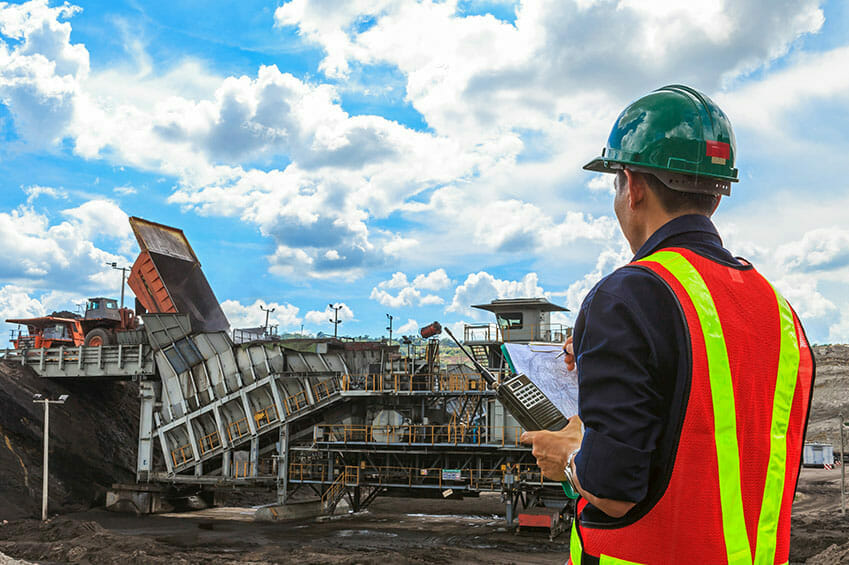
- June 17, 2015
- Attorney David Mann
- Personal Injury
It’s amazing how something as small as particles of dust can get into our lungs and cause big problems. While many of us have heard about asbestos, the similar phenomenon of silicosis hasn’t gotten quite as much attention. Yet, more than 250 U.S. workers die every year and hundreds more become disabled from silicosis.
Silica, often referred to as quartz, is a very common mineral found in many materials, including soil, sand, concrete, masonry, rock and granite. When these materials are cut, ground, crushed, exploded, chipped, drilled or otherwise disturbed, they create dust made up of crystalline silica. These bits can be inhaled into a person’s lungs, which react by developing fibrotic nodules and scarring around the trapped silica particles. As the nodules grow, breathing becomes more difficult. Exposure to silica is the only known cause of silicosis — the resulting disabling, nonreversible and sometimes fatal lung disease. Inhalation of the particles has also been associated with other diseases, such as emphysema, tuberculosis, lung cancer, bronchitis, anemia, hyperthyroidism, rheumatoid arthritis, lupus, COPD and heart problems.
The longer a person is exposed to silica, the higher their risk for developing silicosis. The most common path to exposure is having worked in specific occupations, such as:
- Construction
- Masonry
- Mining (especially frac sand)
- Foundry
- Stonecutting
- Glass manufacturing
- Agriculture
- Setting and laying railroad track.
The dangers of silica dust have been public knowledge for almost 100 years; with proper safety equipment, the condition is completely preventable.
While intense exposure to crystalline silica can cause silicosis within a year, it usually takes at least 10-15 years of exposure before any symptoms occur. Both OSHA and the National Institute for Occupational Safety and Health (NIOSH) have regulations requiring employers to keep worker exposures at or below a Permissible Exposure Level (PEL) during a full work shift. Yet many companies do not adequately protect their workers against the dangers of silica dust. Furthermore, there is no federal air quality standard for silica outside the workplace, leaving residents near mines, foundries and construction sites at risk, especially children, older adults and those who have respiratory diseases.
Silicosis has been known by many other names — miner’s phthisis, potter’s asthma, grinder’s rot, stonecutter’s disease — depending upon what job is involved. Given the large number of quarries here in Georgia, many of those infected with silicosis are stonecutters. Along with wearing properly fitting respirator masks, OSHA recommends that stonecutters use wet-cutting methods to keep dust down. When that’s not possible, air vacuum systems and exhaust fans should be used.
Workers who have developed lung disease, lung cancer or tuberculosis may have legal grounds to file a silicosis lawsuit against their employer. If you have questions about silicosis or other health problems that could be due to breathing silica particles, contact the Mann Law Firm at (478) 742-3381 or use this convenient online contact form.



 Before leading his own firm, Mann served for several years as in-house defense counsel for a large insurance company, which gives him unique insight into how insurance companies work. He uses this critical knowledge as an advantage for his clients. He is a tough negotiator and litigator, and he is exceptionally strategic in building cases on behalf of personal injury victims.[
Before leading his own firm, Mann served for several years as in-house defense counsel for a large insurance company, which gives him unique insight into how insurance companies work. He uses this critical knowledge as an advantage for his clients. He is a tough negotiator and litigator, and he is exceptionally strategic in building cases on behalf of personal injury victims.[ 